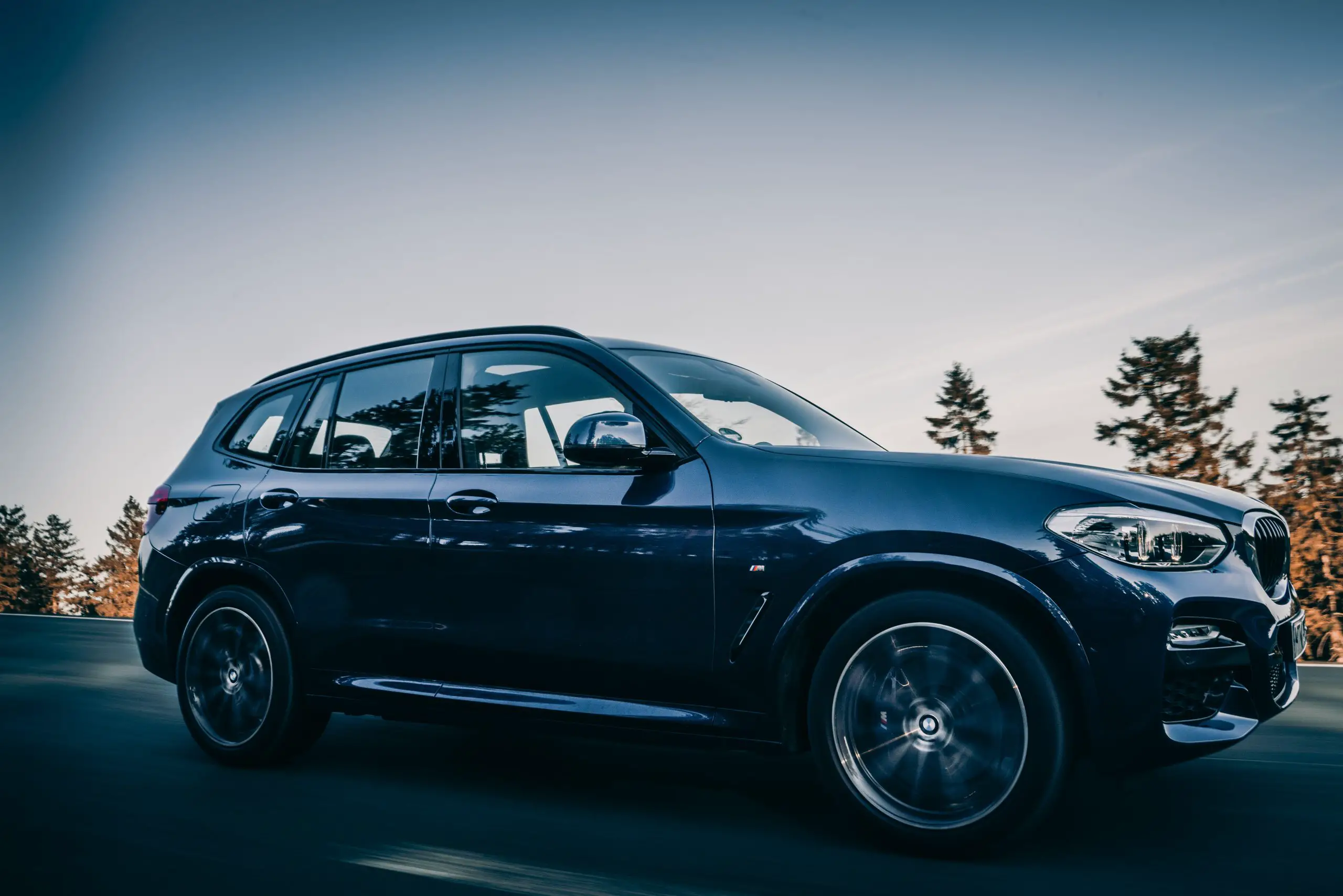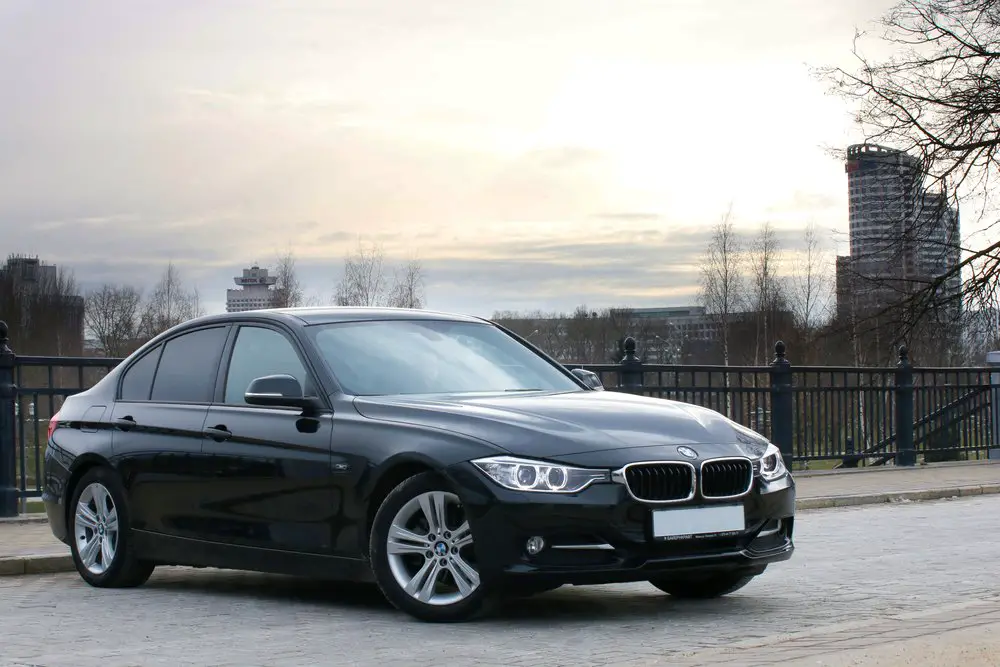BMW Sulev – Your Questions Answered
In the changing and increasingly electrified automotive world, governments around the globe are issuing orders to automakers — lower your emissions! In order to meet the ambitious targets set by those in charge, more and more companies are turning to hybrid and all-electric solutions as a way to bring down their overall average emissions in their vehicle ranges.
One designation that you might see quite frequently is “LEV” and “ULEV,” and another is “SULEV” – but what do these terms really mean? Which BMW vehicles carry this “SULEV” identity? In today’s article, we’ll learn more about these sometimes confusing classification methods.

What Does SULEV mean on a BMW?
Though it sounds like a Russian brand of a missile, SULEV actually stands for Super Ultra Low Emissions Vehicle. This is a relatively new category of vehicle that carted life as a directive in the Golden State as part of the California Air Resources Board (CARB) designation system for the new generation of hybrid and all-electric cars that of course went beyond the typical “low emission” bracket.
The majority of BMWs would be classed as “LEV” which a low emission vehicle, but there are also now many that meet the Super Ultra Low Emissions requirements. By definition, to meet SULEV standards, a vehicle has to produce 90 percent fewer emissions than the average gasoline-powered vehicle.
As a standard, that makes it far stricter than the LEV designation, which is now increasingly common as automakers race to achieve mandated emission level targets. SULEVs are not, however, as strict as the really draconian PZEV (Partial Zero Emission Vehicle) which is the same basic standard for tailpipe emissions, but evaporative emissions have to be zero instead of merely “reduced”

How do I know if my BMW is SULEV?
According to the latest entry on Wikipedia, there are currently 5 models that are almost certain to be BMW SULEV engine models. These include BMW 1 Series and BMW 3 Series models, namely the 128i, 328i, 325i, 325Ci, and the 325iT. If you own one of these models or any other, you can always do another simple check, which is to pop the hood open and take a look at the information sticker you find there.
The sticker should have the header “Bayerische Motoren Werke AG” — that’s what BMW stands for, in case you didn’t know — and it will say “Vehicle Emission Control Information.” It tells you which regulations it conforms to, including those of the EPA and which state regulations.
If your BMW is LEV, then underneath “Conforms to regulations” on the second row you’ll see something like “California: LEV II PC.” This means your car meets the low-emission vehicle standards. If you see “California: SULEV, then that means you meet that standard. It will also indicate if the BMW SULEV models you have also passes the PZEV standards described above (zero evaporative emissions from the exhaust).
You can also reflect on where you purchased the vehicle and when. If your BMW was bought in the states of California, Connecticut, Maine, New Jersey, New York, Oregon, Pennsylvania, Rhode Island, Vermont, Washington, the District of Columbia, Maryland, or Massachusetts, then it almost certainly comes with the N51 SULEV classification.
What you won’t see on that label is ZEV, which is the strongest standard put in place to classify zero-emission vehicles like all-electric cars, which have no exhaust.

What is xDrive SULEV?
The designation xDrive is what BMW gives to its cars that feature all-wheel drive as an option as opposed to the more standard rear-wheel drive. Take a 328i xDrive for example, this car can send power to both front and rear wheels to maximize traction and give the driver better control in more challenging road conditions.
Traditionally, all-wheel drive has meant a somewhat less eco-friendly car like an SUV, but in fact, your BMW can be both xDrive and SULEV version. Some people who buy the xDrive and find it as SULEV may make modifications to make it into a higher-performance model. A SULEV BMW may not appear to be a real performance BMW in their eyes.
Thanks to advances in technology and improvements overall to the N51 SULEV make it hardly distinguishable from the N52 in many respects. A BMW SULEV engine by definition can’t really compete in terms of performance to those you find in the M4, or X5M, but those with the M label are built for track-style performance.
A SULEV engine is built to help BMW meet increasingly strict emissions standards and to ensure enough of its range can do so to avoid the issuance of hefty government fines. SULEV vehicles are therefore a necessary part of any modern range for a performance brand like BMW.

How do I Know Which Engine my BMW Has?
With many SULEV models now carrying the N51, and others carrying the N52, it has actually become more challenging to identify what’s under the hood. On previous models that carried the M56 SULEV and the M54 engines, it was easier to tell what you had. There were key visual indicators, particularly on the valve covers. The N51 SULEV vehicles, on the other hand, look very similar to the N52 engines.
You can check the above-described label under the hood should you want to confirm. If it says it’s SULEV, then it’s the N51 engine, and if it says LEV, then it’s the N52. There are other ways, too, including looking at your BMW vehicle identification number (VIN). In this long number, digits 4 through 8 indicate the engine type and features. You can find the VIN on the driver’s side of the dashboard by looking in from the windshield, and also several places under the hood.
Decoding this VIN may seem impossible to the untrained eye, even when you look at those digits 4 through 8. An even easier way to get all the details on your BMW is to take the VIN number and visit www.mdecoder.com. Follow the instructions to enter the last 7 digits of your VIN and you’ll get all the info you need right on your screen. Print it out for your own reference if it helps!
The Super Ultra Low Emissions Vehicle standards can hopefully help your BMW to be a part of the solution and not part of the environmental problem! Check that label under the hood to see if you’re just a low emission vehicle or a super-low emission car.

You Might Also Be Interested In…
Can BMW Charge at Tesla?
Can BMW Charge at Tesla? As of now, BMWs can't directly charge at Tesla Supercharger stations because Tesla uses a proprietary connector. However, with the right third-party adapter, BMW owners might be able to make it work, but it's always good to double-check...
Are BMW Motorcycles Reliable? A Comprehensive Dive into the World of BMW Bikes
Are BMW Motorcycles Reliable? BMW motorcycles are renowned for their top-notch engineering and build quality, making them a reliable choice for riders around the world. Whether you're hitting the open road or tackling rugged terrains, you can count on a BMW to be a...
Can BMW Take 87 Gas? Discover the Truth Behind the Octane Debate!
Can BMW Take 87 Gas? Certainly! While a BMW can technically run on 87 octane gas, it's not the optimal choice. BMW recommends using premium fuel for most of their models to ensure the best performance and longevity of the engine. So, while it might be tempting to...
Embrace the Future with the BMW Genius Program
You know, they often say that 'knowledge is power'. Well, that's never been truer than in the case of BMW's groundbreaking initiative - The BMW Genius Program. Tailor-made for every BMW enthusiast out there, this program sheds light on the latest technological...
A Comprehensive Dive into the BMW N63: A Blend of Power, Performance, and Precision
Hey there, gearheads! Welcome to a deep dive into the fascinating world of one of the most renowned engines out there: the BMW N63. We're about to embark on an exciting journey, exploring the good, the bad, and the powerful of this engineering marvel. Are you ready...
How BMW TPMS Works: A Comprehensive Guide
When it comes to innovation and performance, BMW never falls short. But how well do you know the intricacies of your vehicle, specifically the Tire Pressure Monitoring System (TPMS)? Let's take a journey to understand how BMW TPMS works. How BMW TPMS Works So,...
Can BMW Keys Be Reprogrammed? Your Comprehensive Guide
Ah, the wonders of technology! It's in everything these days, from the appliances in our homes to the phones in our hands. And of course, it's a big part of our beloved vehicles too, particularly in prestigious brands like BMW. One feature that often leaves car...
How BMW VANOS Works: A Comprehensive Guide to Variable Valve Timing
Introduction Welcome to our comprehensive guide on the fascinating topic of how BMW VANOS works. If you've ever wondered about the inner workings of your BMW engine and how it achieves optimal performance, you're in the right place. In this article, we'll take a...
How BMW Models Work – BMW Model Names Explained
BMW, or Bayerische Motoren Werke, a name synonymous with luxury, performance, and automotive engineering, often leaves many of us scratching our heads when it comes to deciphering their model naming conventions. Do you ever wonder what these series of letters and...
Will BMW Wheels Fit Mercedes? Exploring the Compatibility Between Two Iconic Brands
When it comes to automobiles, BMW and Mercedes-Benz are two of the most renowned and prestigious brands in the world. Both manufacturers have established themselves as leaders in the industry, producing vehicles that exude luxury, performance, and style. However,...

